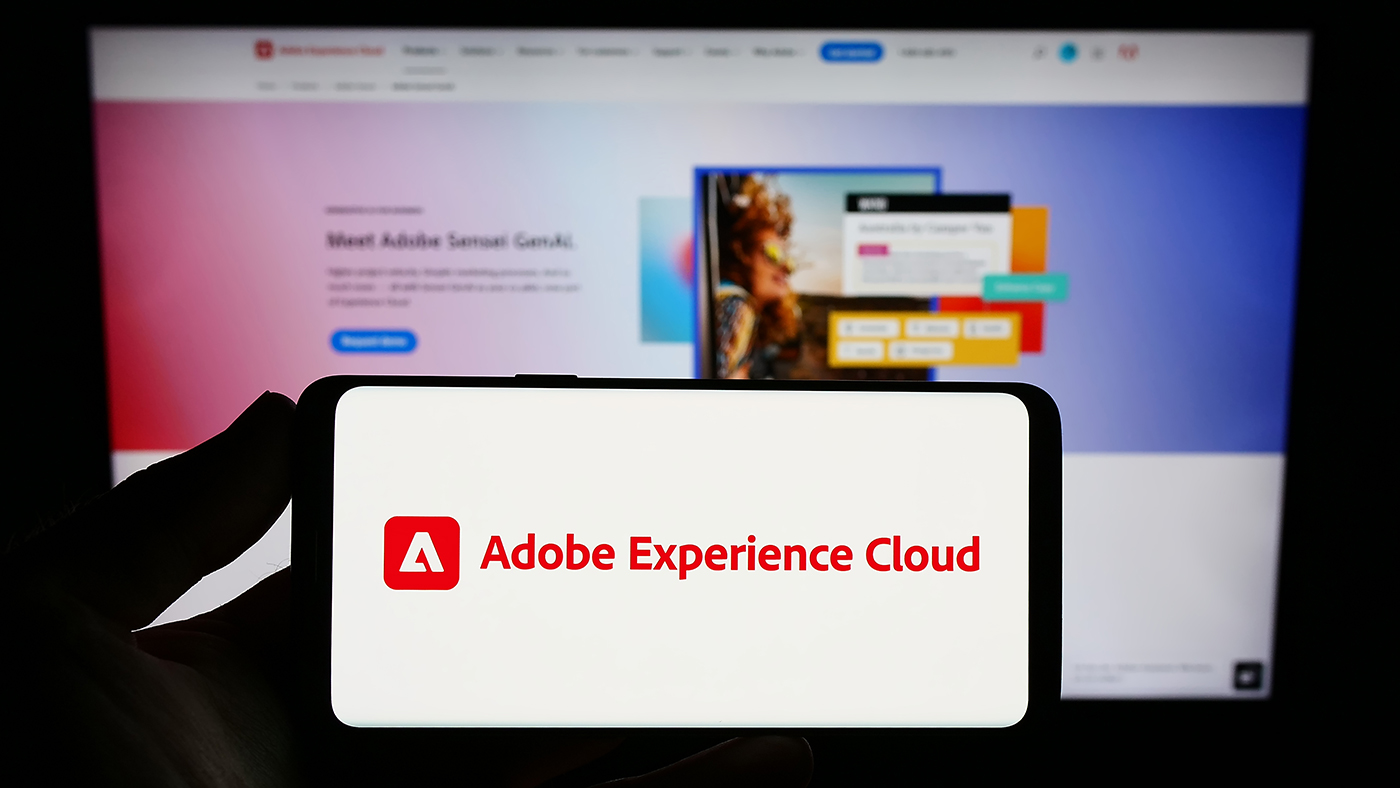
How the Pandemic Will Shape UX: 2021 and Beyond

The COVID-19 pandemic disrupted almost every system we rely on, drastically changing our behavior in every sphere of our lives. Companies had to adjust quickly to meet their customers’ new needs, rethinking user experience from the ground up.
In this piece, we’ll examine some of the changes we’ve seen in the last year and look at how they’ll affect UX long after we’ve left COVID behind.
Disrupted Systems, Changed Behaviors
When stay-at-home orders and business closures first hit, people scrambled to reorganize their lives.
One prominent example: people who used to use Zoom for work meetings were now using it for social gatherings. Entirely new users logged on for the first time to see their loved ones. Events that couldn’t be held in person – from software conferences to school to poetry readings – launched digital Zoom versions.
In other words, people adapted their lives in part by adopting and adapting existing technology to help them carry out versions of their pre-pandemic activities.
But because platforms like Zoom weren’t designed for things like poetry readings or Sunday dinners, a lot of users ended up frustrated, with sub-par experiences. Those experiences reinforced the UX principle that design should happen the other way around: users shouldn’t have to adapt to technology or products or designs. Those things should be built to serve user needs.
Good Design Starts with Understanding Context
One thing that became clear pretty early on in the pandemic was that Zoom wasn’t great for social gatherings for people who are less tech-savvy. And that’s understandable: it wasn’t designed to be used in that context.
Had its designers anticipated the ways people would use it this past year, they might have included a feature, for example, that sensed when a user’s internet was spotty and automatically switched to audio only.
Or maybe they would have made the mute / unmute button more visible or introduced an automated solution for muting and unmuting users.
In any industry and for any situation, good design can’t happen without understanding context. Steve Jobs is famous for saying that you can’t start with technology; you have to start with customer experience and then work backward to see whether technology can improve it.
Put differently, that means you have to figure out what your customers’ situation is and then figure out how to address it, whether or not your solution involves technology.
So the first step to creating great user experiences is always understanding the user’s situation.
Then the goal is to solve problems before they become problems. We never want a user to have to solve a problem – that’s not a good user experience.
It’s easy to lose sight of this, but it’s critically important not to.
For example, in a meeting about improving an app that helps families coordinate care for special-needs family members, it’s easy to start with conversations about the app itself. But before considering tech-based solutions, product teams should take a step back.
What did this experience look like before there was an app for it? Even if there is a possible tech fix, might there be a better fix, based on how users prefer to operate?
It may help to think of UX as a coffee filter. When you make a great cup of coffee, you might notice the smell of the beans or the ground size, but not the filter. Without that filter, though, you’d have a terrible cup of coffee filled with grounds. Great UX goes unnoticed because it addresses issues before they become user problems.
When UX professionals consider the full context of the problems they’re solving, user experiences improve.
User Expectations Changed During the Pandemic. They Won’t Change Back Fully
Because of the system disruption the pandemic caused, companies started offering new services and products and expanding existing services and products.
One highly visible example is curbside pickup, which brands like Walgreens and Home Depot started offering almost immediately when things shut down.
Grocery stores that had long offered delivery saw demand for that service skyrocket. And many companies that had no digital presence at all scrambled to give customers a way to engage and transact online.
We talk a lot about the “return to normal,” but there will be no going back for customer expectations – many pandemic innovations will become part of our normal lives.
For example, if you’re sick sometime in the future and need to pick up medicine at the drugstore, don’t you think you’ll want curbside pickup to promote the health and safety of the pharmacists and other customers?
Or if you’re away all weekend, wouldn’t it be nice to order groceries online and have them delivered when you get home?
Or if you can’t make it to the physical venue where an event is taking place, won’t you still want the option to stream it from your sofa? That would save you time and very likely money.
In the last year, companies were forced to offer a greater variety of experiences to their customers. The result is that we now expect that variety to be available. We’re not going to settle for the way things were now that we’ve seen how they can be. The bar for user experience has been raised across the board.
(For more on this topic, see Post Pandemic Success: The Technology Roadmap.)
Embracing the Bigger Picture of User Experience
If you’re outside the world of UX, you may think the work of UX mostly involves designing screens. While that’s part of it, the core of what we do has a much bigger scope.
Richard Buchanan, a professor of design, management, and information systems, describes four orders of design: graphic design (images), industrial design (things), communication design (interactions), and systems design.
UX professionals today are dealing with entirely new systems than we were a year ago. Trying to design for interactions won’t work unless we step back and look at the new ways systems are organized. Everything is connected, which means any single change will affect every other part of the system.
In the post-pandemic future, organizations that succeed will be the ones that address the bigger-picture experience, designing experiences that truly meet customers’ needs, both via technology-enabled and analog solutions. They’ll be the ones that think beyond the immediate impact of their designs toward larger consequences, both intended and unintended.
If your organization is looking for ways to improve its user experiences, we’d love to hear about it. Set up an introductory call to start the conversation. If you’d like to learn more about how we approach UX projects, read about the website redesign project we did with The Father’s Table.




